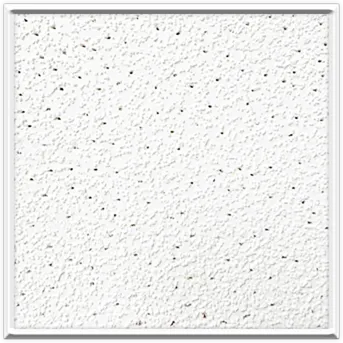8 月 . 13, 2024 14:26 Back to list
Exploring the Innovative Design and Applications of Ceiling T Bars in Modern Construction Techniques
Exploring the Concept of Ceiling T Bars A Comprehensive Overview
In the world of interior design and construction, the ceiling is often an overlooked element that can dramatically impact the aesthetics and functionality of a space. One of the architectural features that plays a crucial role in ceiling design is the ceiling T bar, also known as T-grid or T-bar ceiling grid. This article delves into the significance, types, installation, and benefits of ceiling T bars.
What are Ceiling T Bars?
Ceiling T bars are fundamental components in the construction of suspended ceilings. Named for their T-shaped cross-section, these bars create a grid-like framework that supports ceiling tiles or panels. Typically made of durable materials such as steel or aluminum, T bars are designed to provide strength and stability while maintaining a lightweight structure. They are available in various lengths and sizes to accommodate different ceiling heights and design preferences.
Types of Ceiling T Bars
There are several types of ceiling T bars, each serving unique functions and suited for specific applications
1. Main Tees These are the primary support beams that run across the ceiling, forming the main structure of the grid layout. 2. Cross Tees These bars are perpendicular to the main tees and create the grid structure required to hold ceiling tiles in place. They are critical for ensuring a uniform look and can be adjusted to fit various tile sizes.
3. Wall Angles While not technically T bars, wall angles are used in conjunction with T bars to finish the edges of the suspended ceiling. They provide a clean transition between the ceiling and the wall.
4. Specialty Tees Certain designs may call for L-shaped or U-shaped bars, which are used in specific architectural styles or to accommodate unique lighting fixtures and air ducts.
Installation of Ceiling T Bars
Installing ceiling T bars involves a systematic approach to ensure a level and stable grid. The process typically includes
1. Measuring and Marking The first step is to measure the room dimensions and mark where the ceiling grid will be installed. This is crucial for ensuring the final suspended ceiling is straight and evenly spaced.
ceiling t bar

2. Attaching Wall Angles Wall angles are installed around the perimeter of the room, providing a secure base for the T bars.
3. Installing Main Tees Main tees are then hung from the structural ceiling using hangers, ensuring that they are level and properly spaced according to the design.
4. Inserting Cross Tees Once the main tees are in place, cross tees are inserted into the grid to complete the T-bar frame.
5. Adding Ceiling Tiles Finally, ceiling tiles or panels are placed within the grid, creating a finished look that enhances the room’s ambiance.
Benefits of Ceiling T Bars
Ceiling T bars offer a multitude of benefits, making them a popular choice in both commercial and residential spaces
- Versatility T bars can be used in various applications, from standard office settings to complex architectural designs, allowing for extensive customization.
- Aesthetic Appeal A suspended ceiling can conceal unsightly ductwork, pipes, or wiring while providing options for creative design and finishes.
- Acoustic Control Many ceiling tiles designed to fit T bar frameworks are engineered to improve sound insulation, making them ideal for spaces requiring acoustical treatment.
- Easy Maintenance The grid structure allows for easy access to ceiling components, simplifying maintenance and repairs without damaging the entire ceiling.
In conclusion, ceiling T bars are essential in achieving functional and aesthetically pleasing interior spaces. Their structural integrity, versatility, and adaptability to various designs make them a favored choice for architects and designers alike. Whether you are renovating a commercial space or enhancing a home, understanding ceiling T bars is vital to creating a balanced and attractive environment.
-
Revolutionizing Interior Design with Ceilings t grid Suspended SystemNewsOct.29,2024
-
Revolutionizing Ceiling Design with ceiling access panel with Gypsum Tile WaterproofNewsOct.29,2024
-
Revolutionizing Interior Design with PVC Gypsum Ceiling: A Comprehensive GuideNewsOct.29,2024
-
Elevating Interior Design with High quality Mineral Fiber Ceiling TilesNewsOct.29,2024
-
Revolutionizing Interior Design with PVC Gypsum Ceiling: A Comprehensive GuideNewsOct.29,2024
-
Elevating Interior Design with High-Quality Mineral Fiber Ceiling Tiles: A Comprehensive GuideNewsOct.29,2024







